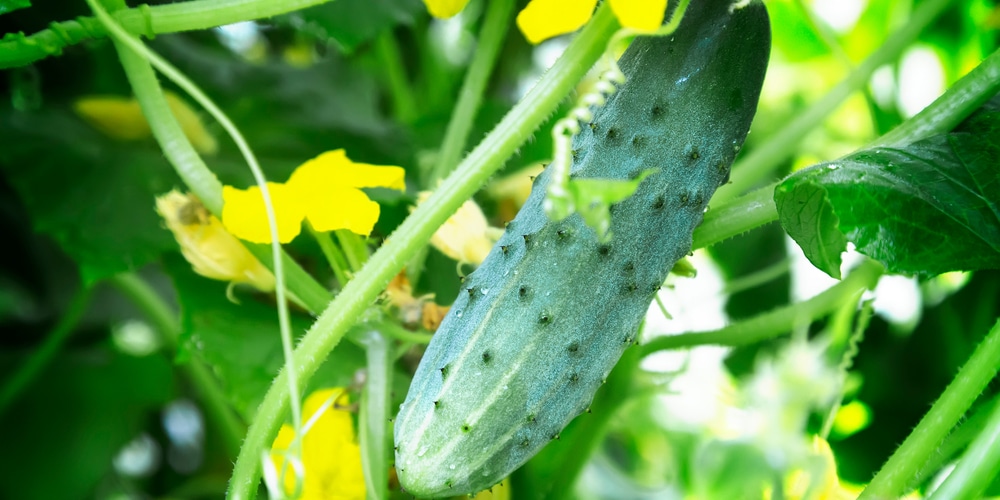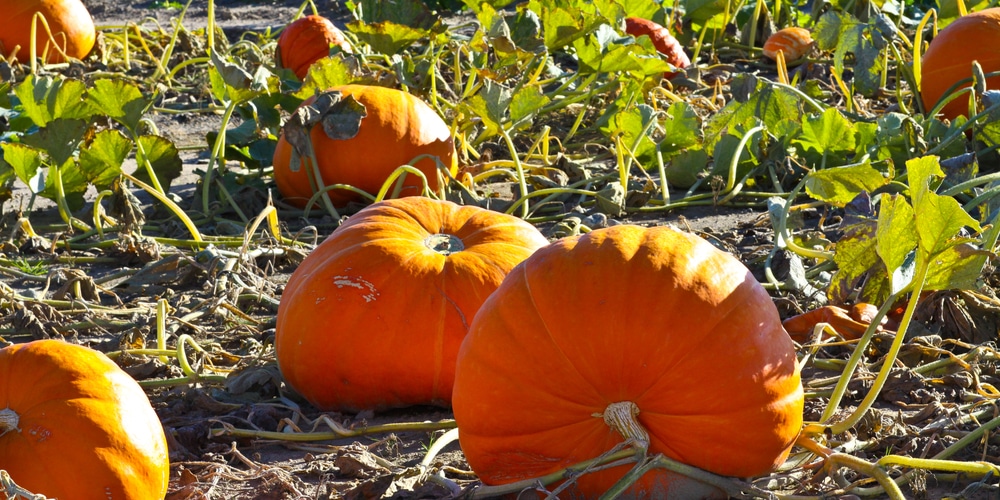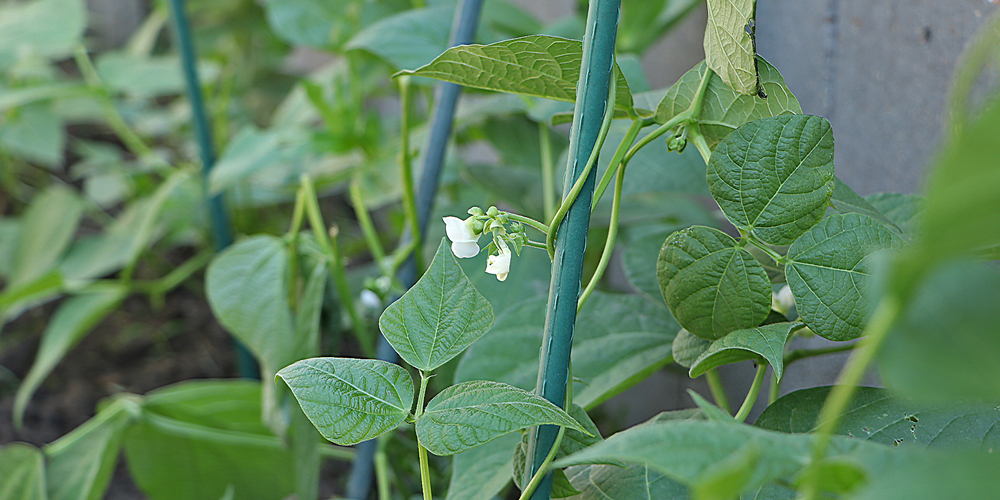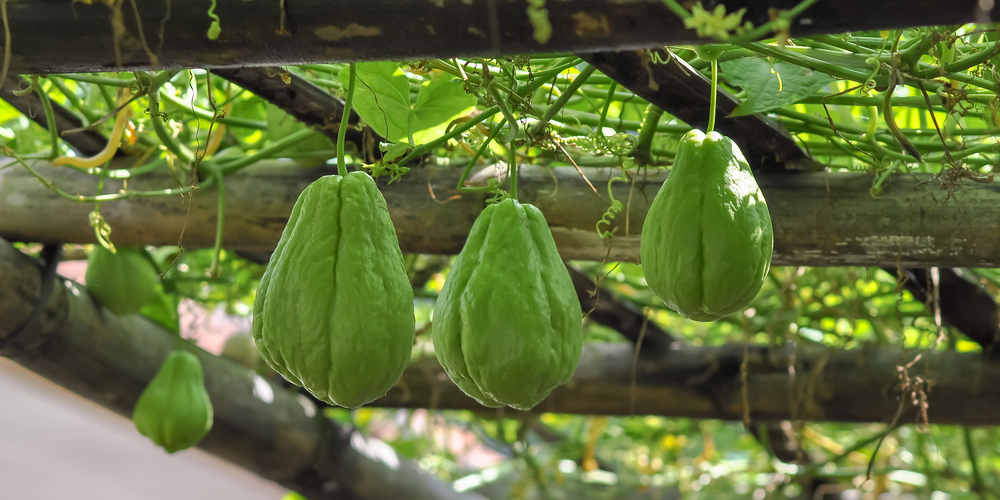If you’re wondering the kind of plants to add to your garden the following season, you should probably try vegetables that grow on vines. These vegetables have minimal space requirements meaning that even with a small piece of land, you’ll easily grow them. Let’s look at vegetables that grow on vines.
Vegetables that Grow on Vines
Growing vining vegetables is a great way to increase food sufficiency. The best part is that these vegetables don’t have many growing conditions. Since they also grow vertically, they don’t necessarily require a lot of maintenance.
Today, if you tour different parts of the world, you’ll find vining vegetables in small and large scale farms. Unlike other crops, vegetables that grow on vines can also be intercropped with other plants since their level of nutrient competition is relatively low.
The second reason people like vining vegetables is that their vertical growth habits lower the risk of pest and disease damage. Additionally, their vining nature helps to improve circulation, thus reducing fungal infections.
Thirdly, vegetables that grow on vines are easy to harvest. If you’ve got a huge farm, you won’t have to bend over all through during harvesting. Lastly, vining vegetables are always clean because they’re usually above the ground. Below are some vegetables that grow on vines:
1. Cucumber

There are many cucumber varieties today that you can add to your farm. This vegetable contains 95% water and is a well-known low-calorie food. It’s rich in antioxidants and minerals that play a significant role in the human body.
If your goal is to have vining cucumbers on your farm, avoid bush varieties. Research shows that the vining varieties are more productive provided that proper care and maintenance are carried out.
Although you can leave the cucumber vines to spread all over, farming experts say that it’s essential to trellis them. If you allow them to spread, they’ll use a lot of space and will be prone to pests and diseases. They’ll also experience stunted growth and will be difficult to harvest.
2. Vegetables That Grow on Vines: Climbing tomatoes
Tomatoes are generally one of the most used vegetables across the globe. They’re generally used to prepare many meals, including fish, meat, chicken, stew, soup, pasta dishes, etc. You can eat them raw or cooked.
Tomatoes have high levels of carotenoid and vitamins A and C. Studies show that tomatoes have many health benefits, including reducing the risk of cardiovascular disease and cancer. They also help in the regulation of blood sugar. Climbing tomatoes require well-drained loam soils with high organic matter content.
3. Malabar Spinach
This is a common vining vegetable that’s known for its delicious taste. It’s mainly prepared with mushrooms, onions, and soups sometimes. Malabar spinach is rich in antioxidants, essential amino acids, vitamins, and minerals like potassium, calcium, and magnesium. This vining vegetable grows well in relatively hot and humid temperature zones. The best soil for growing Malabar spinach should have a pH ranging between 5-7. The soil should also be rich in organic matter and possess great drainage capabilities.
4. Pumpkin
This is an annual vining vegetable that grows for more than 12 feet under great conditions. Just like other vining vegetables, pumpkins come in several varieties. People use them in soups, bread, and desserts. They require a relatively warmer climate. If you live in a cold area, it might be impossible to grow pumpkins. They also require well-drained soils (sandy loams). The only challenge with pumpkin plants is that their fruits are usually too heavy for the crop to bear. This means that you might need additional support to ensure it doesn’t damage the plant.
5. Vegetables That Grow on Vines:Ridge Gourd
This vining vegetable is mainly used for soups and other dishes. Research shows that its availability in farms is growing rapidly due to its numerous health benefits. Ridge gourd helps in blood cleansing, preventing lymph gland swelling, and lowering hyperacidity.
It has also shown positive results in people dealing with premature hair greying. For proper growth, this vining vegetable requires a relatively warmer climate. It also requires well-drained soils with almost neutral pH levels.
6. Pole beans
They’re ideal for people with space limitations on their gardens. Some pole bean varieties grow for more than 10 feet. These are the most liked bean species due to their sweet and flavored taste. Their vertical growth makes harvesting easier.
Pole beans are popular ingredients for making casseroles, stews, and soups. They’re rich sources of minerals, including potassium, and calcium, and vitamins A, C, and K.
Some of the growing conditions for pole beans include a warm climate and well-drained soils with adequate organic matter. If you live in an extremely cold area, planting pole beans might be a challenge due to their sensitivity to cold.
7. Bodi (asparagus bean)
Bodi is another great vegetable that grows on vines. It’s popular for its nutritional benefits. It has high levels of minerals, vitamins, and antioxidants.
Like other bean varieties, the bodi requires a relatively warmer climate to thrive well. The best thing about this vining vegetable is that it can be planted on various soils and do well because it can adjust pH.
8. Vegetables That Grow on Vines: Chayote
Chayote is a common vining vegetable in tropical areas. If you walk to most gardens for people in a hot and humid place, you’re likely to come across this vining vegetable.
It has a lot of nutritional value since it’s rich in iron, copper, sodium, dietary fiber, zinc, among other nutrients that the body requires.
Chayote can do well in different soil types, provided they’re well-drained and have an almost neutral pH.
9. Rocoto pepper
This vining vegetable has widely been used in burgers, sauces, and salads. You can eat it when baked, roasted, or raw. It has a lot of nutritional benefits, including high levels of antioxidants, minerals, folic acid, and vitamins. Rocoto pepper requires well-drained soils for proper growth.
10. Luffa
Luffa is another common tropical vegetable that grows on vines. The growth of Luffa has been on the rise across the globe. This vegetable has numerous health benefits since it contains high levels of minerals like potassium, zinc, and phosphorus, vitamins, and other essential nutrients.
It does well in warm and humid climates and requires sandy loam soils with an almost neutral pH(6.8.).
Vegetables that Grow on Vines: Conclusion
In conclusion, these are some vegetables that grow on vines. Others are cucamelon, squash, scarlet runner beans, and bittermelon.



